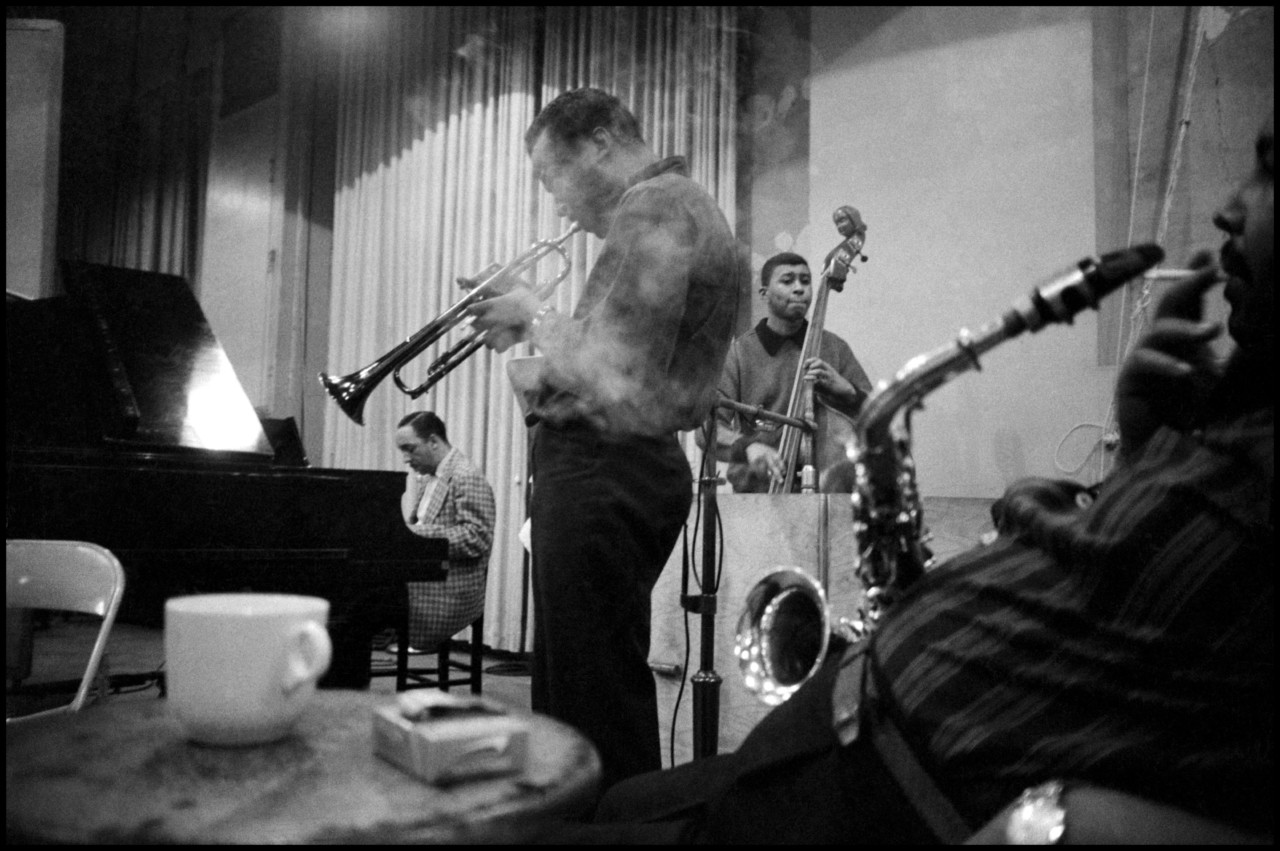

“The ambition of every performer, and I mean every performer, was to play the Palace in New York. It was their first paying gig, and it was at the venerable Palace.

They were signed at the astronomical salary of $75 per week - each. More amused than annoyed, the agent steered the pair to the Palace Theatre Ballroom, where auditions were being held for a new revue. Miller who was obviously of African ancestry. The agent held up a portrait of the famous Mr. “You know, I’m your Dad’s closest friend. “You’re Bill Miller, the son of Miller and Lyle?” He hung up, looked around, then called the receptionist. The agent was concluding a phone call as Miller was escorted into his office. “Tell him Bill Miller, the son of Miller of Miller and Lyle, would like to see him.” I’ll do the talking.”īrimming with chutzpah, Miller strode to the receptionist and asked to speak to an agent. Arriving at the Palace, Miller whispered to Peterson, “You just sit. On the way over, they noticed signs plastered all over town advertising the spectacular “Miller and Lyle Revue.” Miller hatched a scheme. They decided they needed an agent, and struck out for New York’s Palace Theatre, where several talent agents kept offices. Thus was born the dancing duo of Miller and Peterson. “The producer said, ‘You two fellows dance so much alike, we can’t use both of you doing the same routine. Miller surmised that the lad learned his steps the same way he had. I finally had enough steps for a good routine.”Īt an amateur show in the early 1920s, Miller performed his dance, then watched in amazement as another young man did virtually the same act. I’d follow their steps, then go home and practice. “I loved the theater, and in those days it was all live shows, no movies or anything. He took a few, but he usually spent the half-buck to see a vaudeville show. His father obligingly provided him with 50 cents a week to take violin lessons. “But I never remember ever being hungry at home.”īy the end of his second year in high school, Miller had already decided on a show business career, and he dropped out of school to pursue it. “We went through the Depression,” he says. David Miller was an accomplished building tradesman and was soon making a good living. The family settled first in Brooklyn, then moved to Jersey City. “And that’s as far as we know about it,” says Miller. Somehow, the immigration official heard “Miller” and that became the family’s American name. He suspects it was lost at Ellis Island, when an official asked David his name, and he instead told him his occupation. Miller doesn’t know his original family name. “I was 1 year old when they brought me over.” William Miller was born in 1904 in Pinsk, Russia, the son of David and Lena, Jews who wanted to get to America. “People came to see her, but she didn’t really have an act,” he shrugs. He admits to booking only one real flop - Zsa Zsa Gabor. Not only were Mae West and her muscular minions a crowd-pleaser in Las Vegas, they subsequently played to sellout crowds in New York and Atlantic City. “It went, ‘I’ve got something for the girls: boys, boys, boys.` ” “I wrote her a song for the very finish,” laughs Miller. West leered, inspected lats, delts and pects and fluttered her eyelashes in excitement. Clad only in bathing trunks, they posed, flexed and strutted. Miller hired a group of spectacularly buffed-out male bodybuilders. Her last major screen appearance was 11 years behind her, she was 61 years old, and was traveling with a marginally successful stage revue. Miller, a relatively robust 94, allowed that time was on his side when he booked West at the Sahara in 1954. “For instance, do you think you could ever get Mae West to play in a nightclub? I did.”Īdds his former colleague, Bill Layne, “He was an innovator he brought in stars nobody else could get to play Las Vegas, and by doing that, he permanently raised the standard for Las Vegas entertainment.”

“I brought in people nobody believed could do a nightclub act,” says Bill Miller, the man who virtually invented the Las Vegas lounge show. “Why don’t you come up and see me some time? Make it Tuesday, that’s amateur night.” But she was a screen star, not a nightclub performer. She would slither up to a front row customer, give him the up-and-down scan, and issue her trademark invitation. And, of course, to hear her famed witticisms. They came to see flashy costumes wrapped tightly around her generous hourglass figure. Seductive 1930s screen actress Mae West still looked pretty good by the mid-1950s, enough so that she still was able to pack the guys in just by showing up.


 0 kommentar(er)
0 kommentar(er)
